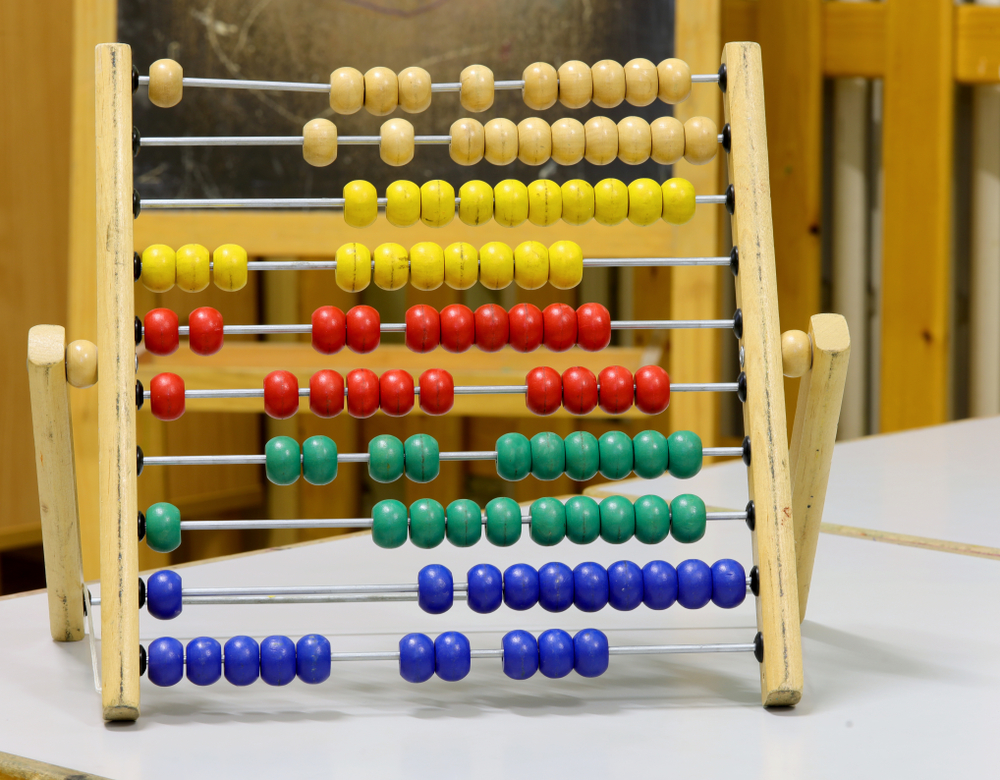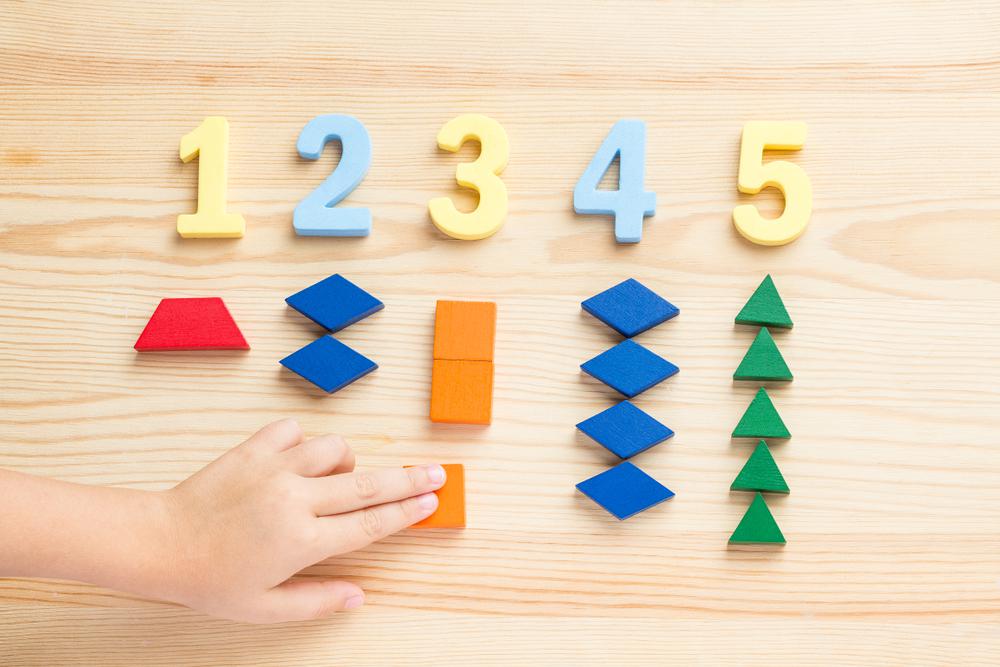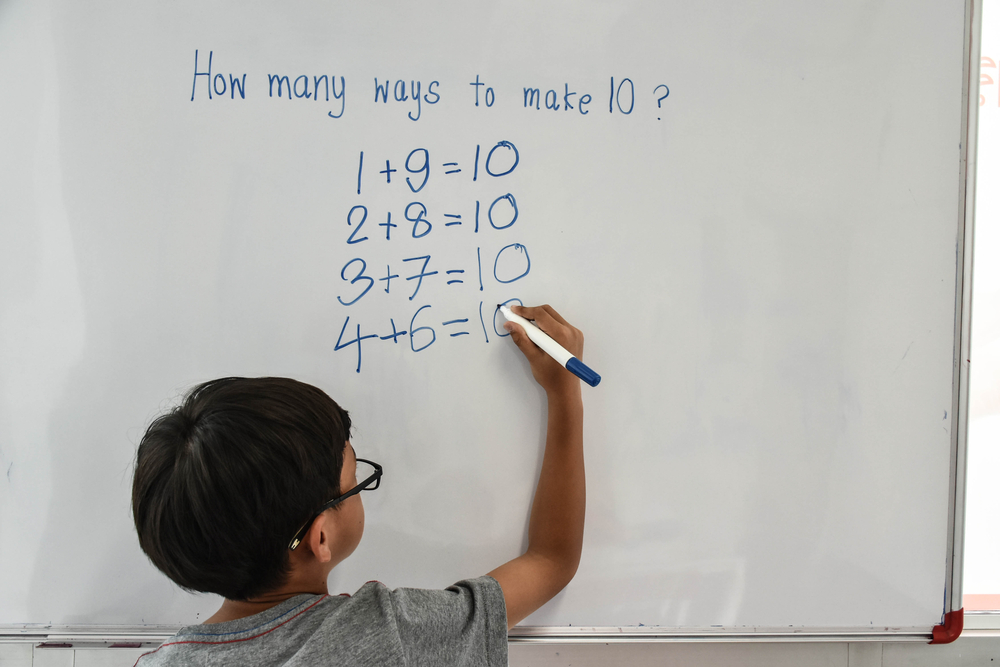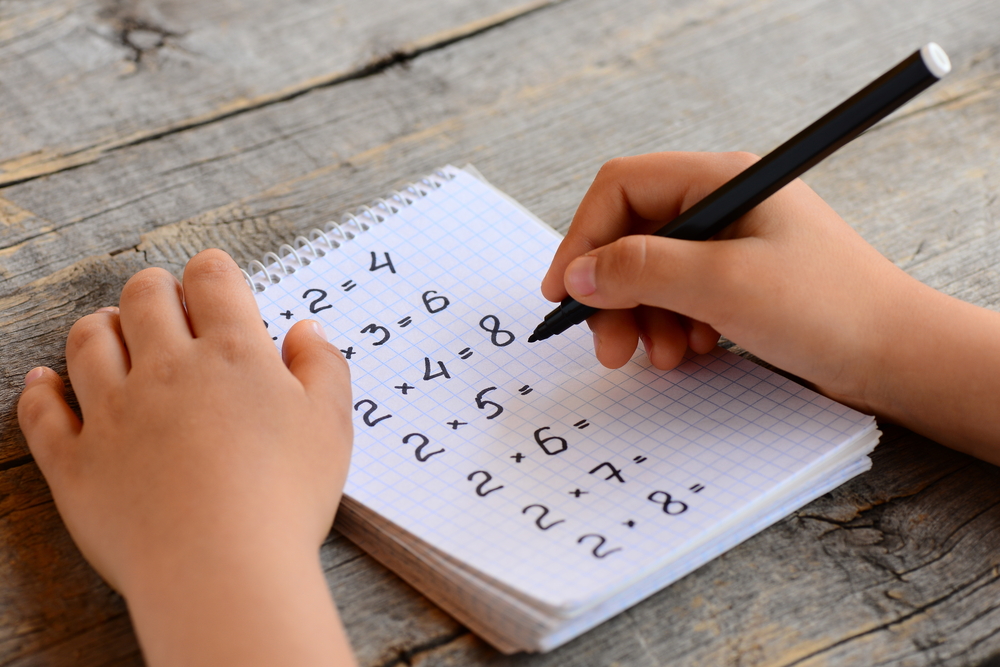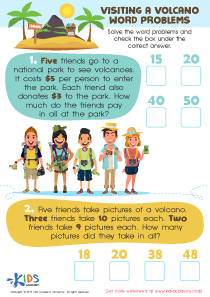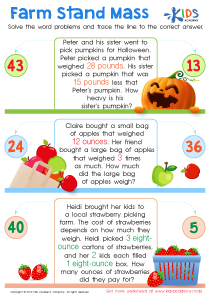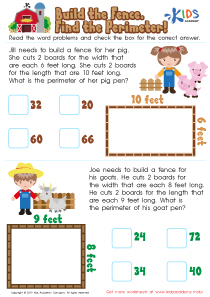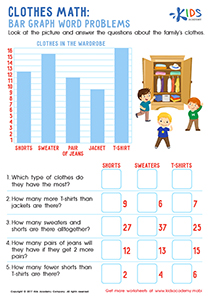Normal Addition and Subtraction Word Problems Worksheets for 9-Year-Olds - Page 2
29 filtered results
-
From - To
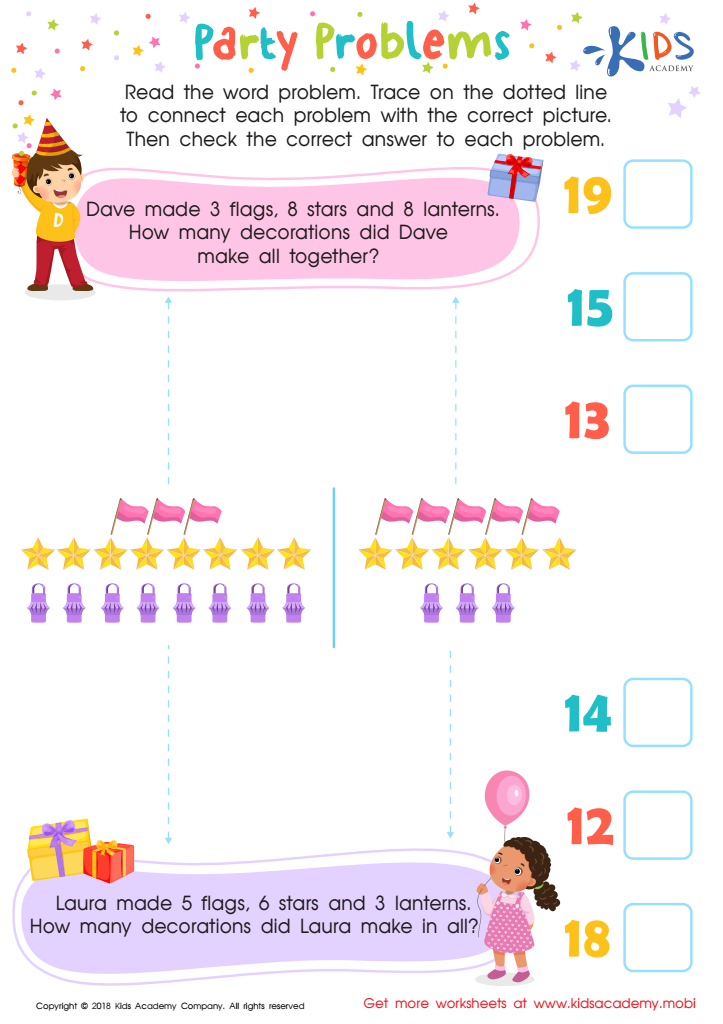

Party Problems Worksheet


Reggie's Reuse Word Problems: Subtraction Worksheet
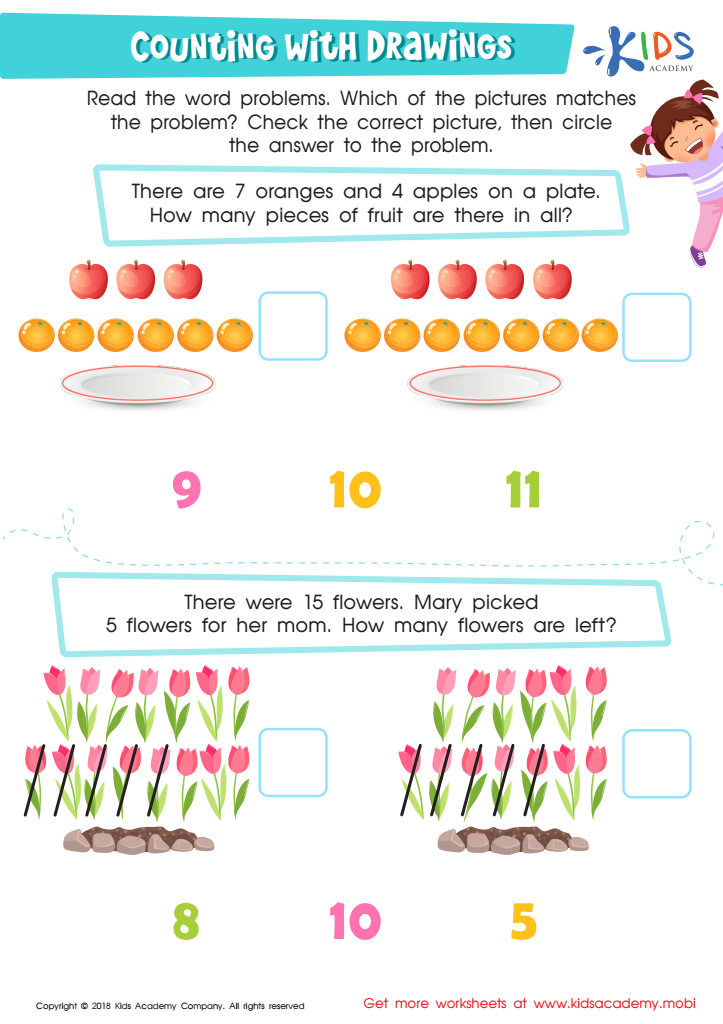

Counting with Drawings:Fruits & Flowers Worksheet
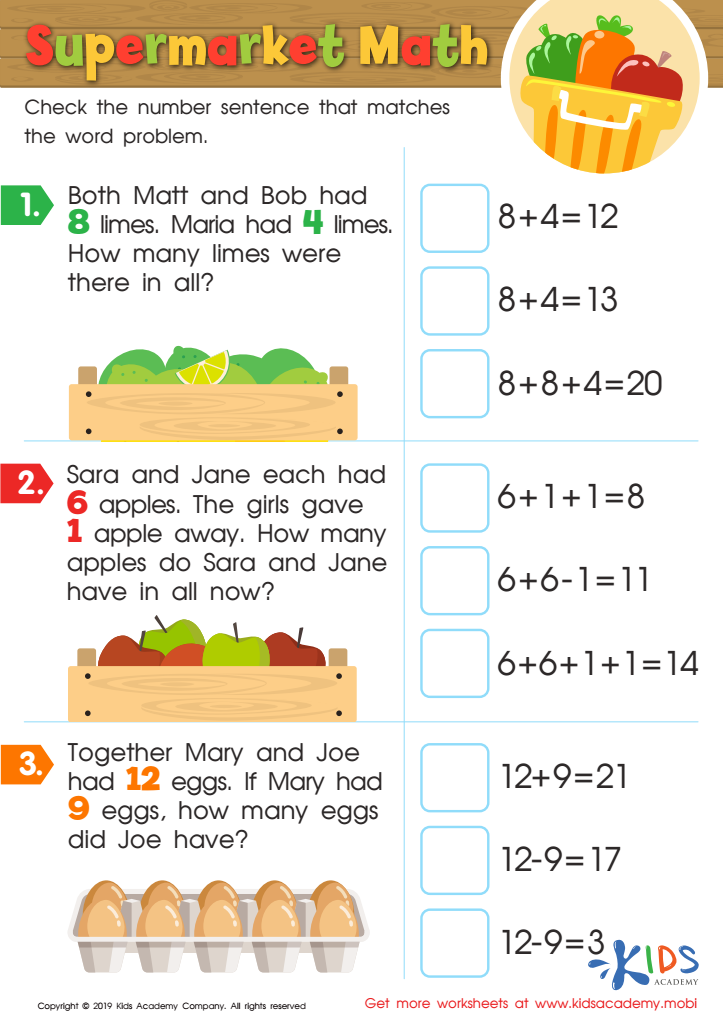

Supermarket Math Worksheet
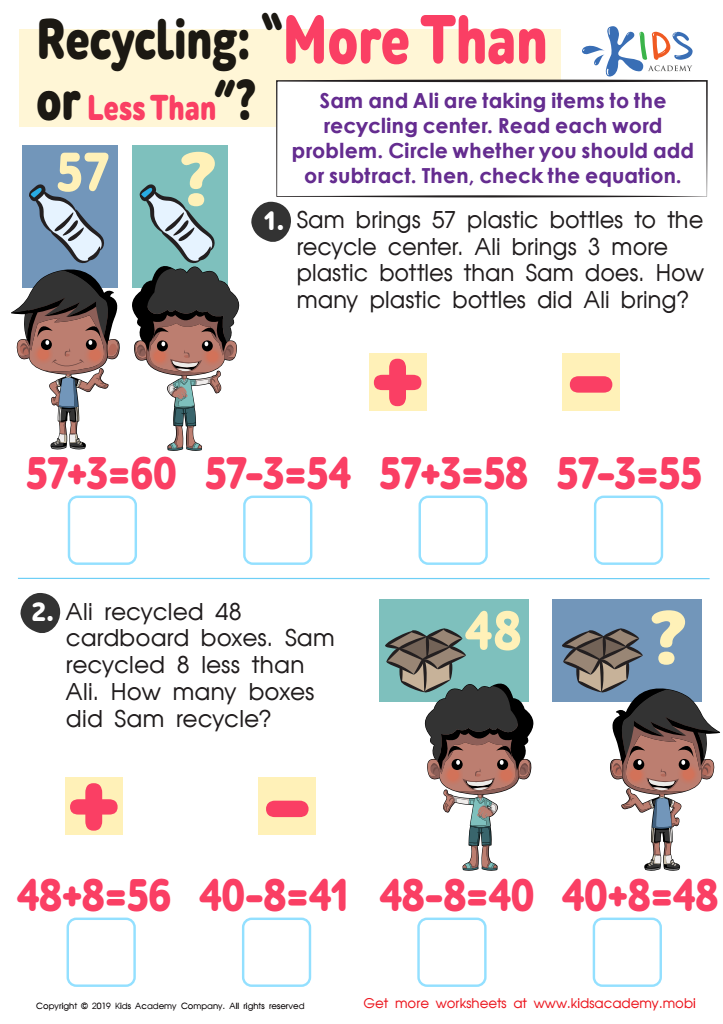

Recycling - More or Less Worksheet
The Value of Normal Worksheets on Addition and Subtraction Word Problems for Nine-Year-Olds
At the core of a child's academic journey in mathematics, addition and subtraction serve as fundamental skills that pave the way for more complex problem-solving abilities. For nine-year-old students, mastering these operations not just in isolation, but through practical applications, is crucial. This is where Normal worksheets on Addition and Subtraction Word Problems become an invaluable resource.
These worksheets are specifically designed as learning interactive printables that cater to young learners, blending traditional learning methods with engaging content. At this age, children are transitioning from simple calculations to more applied forms of mathematics. The use of word problems helps to bridge this gap, providing a context to abstract numbers and operations. Here’s why these worksheets are particularly useful:
-
Enhancing Problem-Solving Skills: Addition and subtraction word problems require children to read, comprehend, and then apply suitable mathematical operations to solve them. Unlike straightforward number problems, word problems provide a scenario, making students think critically about which operations to use and how to apply them. This enhances not only their mathematical skills but also their overall problem-solving abilities.
-
Applying Math to Real-World Scenarios: One of the significant benefits of addition and subtraction word problems is that they often mimic real-life situations. Whether it's figuring out the total number of apples in two baskets or calculating the difference in points between two players, these problems help children understand how math is used outside the classroom. This relevance boosts their interest and motivation.
-
Developing Reading and Comprehension Skills: Since these problems are presented in a textual format, students must carefully read and understand the given scenarios. This practice is dual-purpose—it not only improves their math skills but also enhances their reading comprehension. As they dissect the information given in the word problems, they learn to identify key details that are crucial for deriving the correct answers.
-
Encouraging Independent Learning: Learning interactive printables are designed in a way that they can be used both in a guided classroom setting and at home for self-study. This flexibility allows children to learn at their own pace, revisit problematic concepts, and reinforce their understanding through repetition, which is often needed in mastering mathematical operations.
-
Feedback and Evaluation: These worksheets often come with guided solutions or are followed up with classroom discussions, allowing students to receive immediate feedback on their performances. This feedback is essential for young learners as it helps them understand their mistakes and learn from them, thus improving their future problem-solving abilities. Evaluation through these exercises also helps teachers identify areas where students might be struggling, and tailor subsequent lessons to address these gaps.
-
Building Confidence: Regular practice with addition and subtraction word problems not only improves proficiency but also builds confidence. As children see their own progress, their academic self-esteem grows. This confidence is crucial as they approach more challenging mathematical concepts in the future.
-
Interactive Learning Experience: The design of learning interactive printables often incorporates elements that make learning fun and engaging. This might include colorful graphics, characters facing various dilemmas, or even interactive components on digital platforms where children can drag and drop numbers to solve problems. Such features make learning a dynamic experience and help maintain the interest of young learners who might otherwise find repetitive exercises monotonous.
-
Preparation for Standardized Testing: By the age of nine, many students begin to prepare for various standardized tests, which often include a section on word problems. Regular practice with these worksheets ensures that students are familiar with the format and types of questions they might encounter, thereby reducing test anxiety and improving test performance.
-
Customization and Variety: These worksheets are available in a wide range of difficulties and contexts, allowing teachers and parents to choose according to the specific needs and interests of their children. This customization ensures that learning remains challenging yet achievable, pushing students just enough to enhance their learning without overwhelming them.
In conclusion, Normal worksheets on Addition and Subtraction Word Problems are more than just sheets of paper; they are a comprehensive educational tool that equips nine-year-olds with the skills necessary for academic success and everyday life. By combining mathematical practices with critical thinking and reading skills in an interactive format, these printables offer a holistic approach to learning that enriches and empowers young minds. As we continue to advocate for interactive and engaging education, such resources become indispensable in the landscape of elementary education.
 Assign to the classroom
Assign to the classroom
